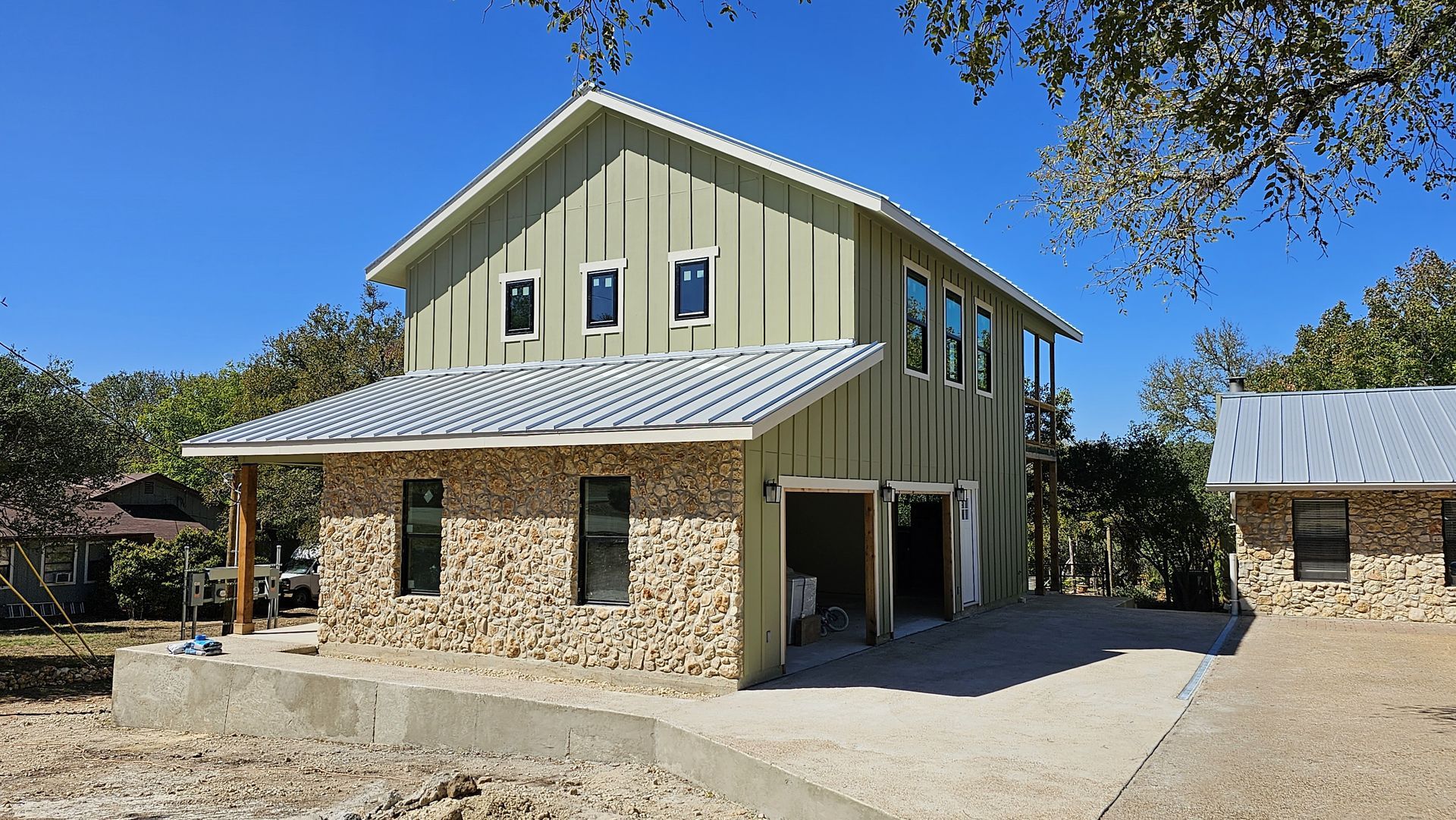The Importance of a Detailed Construction Timeline: Your Roadmap to a Successful Project
Embarking on a construction project, whether it's new home construction or a tenant finish out, is a complex undertaking with numerous moving parts. Amidst the excitement of bringing your vision to life, it's easy to underestimate the crucial role of a detailed construction timeline. A well-crafted timeline is more than just a schedule of dates; it's the roadmap that guides your project from inception to successful completion, ensuring that everything stays on track and within budget.
At Five Mile Construction, we understand that a detailed timeline is the cornerstone of a smooth and efficient construction process. We've witnessed firsthand how meticulous planning and scheduling can prevent costly delays, minimize disruptions, and ultimately deliver a superior outcome. This blog post will delve into the importance of a detailed construction timeline, exploring how it benefits both homeowners and contractors and contributes to a positive construction experience.
Clarity and Transparency: Setting Expectations for Everyone Involved
A detailed construction timeline provides clarity and transparency for all stakeholders, including the homeowner, the contractor, subcontractors, and suppliers.
- Shared Understanding: The timeline serves as a shared document that outlines the project's key milestones, deadlines, and the sequence of activities. This ensures that everyone is on the same page and understands their roles and responsibilities.
- Realistic Expectations: A well-defined timeline sets realistic expectations for the project's duration, helping to manage expectations and prevent misunderstandings.
- Progress Tracking: The timeline provides a framework for tracking progress and identifying any potential delays early on.
Efficient Resource Management: Optimizing Time and Materials
A detailed timeline is essential for efficient resource management, helping to optimize the use of time, labor, and materials.
- Labor Scheduling: The timeline helps to schedule subcontractors and work crews effectively, ensuring that the right people are on-site at the right time.
- Material Procurement: The timeline informs material ordering and delivery schedules, minimizing downtime waiting for materials to arrive. It also helps ensure materials are ordered far enough in advance to account for any shipping delays.
- Equipment Rental: The timeline helps to coordinate the rental of equipment, such as scaffolding or heavy machinery, ensuring it's available when needed and returned promptly to avoid unnecessary rental costs.
Cost Control: Staying Within Budget
Delays often lead to increased costs. A detailed timeline helps to prevent delays and keep the project within budget.
- Minimized Labor Costs: By ensuring that work progresses efficiently, the timeline helps to minimize labor costs associated with downtime or rework.
- Reduced Material Waste: Proper scheduling helps to prevent materials from being damaged or নষ্ট (nashto - ruined in Bengali) due to prolonged storage or exposure to the elements.
- Avoidance of Rush Charges: A well-planned timeline reduces the need for rush orders on materials or expedited shipping, which can add significant costs.
Proactive Problem Solving: Identifying and Addressing Potential Delays
A detailed timeline allows for proactive problem-solving by identifying potential bottlenecks and challenges early on.
- Early Identification of Risks: The timeline helps to identify potential risks to the project schedule, such as long lead times for materials or potential weather delays.
- Contingency Planning: A well-crafted timeline includes contingency time to address unforeseen issues without derailing the entire project.
- Timely Decision-Making: The timeline provides a framework for making timely decisions, preventing delays caused by prolonged deliberation.
Improved Communication and Collaboration
A detailed timeline fosters better communication and collaboration among all project stakeholders.
- Coordination of Trades: The timeline helps to coordinate the work of different subcontractors, ensuring that their activities are properly sequenced and don't conflict with one another.
- Regular Updates: The timeline serves as a basis for regular progress updates to the homeowner, keeping them informed of the project's status.
- Accountability: The timeline establishes clear accountability for each task and deadline.
Quality Assurance: Ensuring a Superior Outcome
A well-managed timeline contributes to the overall quality of the construction project.
- Sufficient Time for Each Task: The timeline allocates adequate time for each task to be completed properly, without rushing or cutting corners.
- Proper Sequencing: The timeline ensures that tasks are performed in the correct order, preventing rework and ensuring the integrity of the construction.
- Inspection Scheduling: The timeline helps coordinate inspections with the building department.
Five Mile Construction: Committed to Timely Project Delivery
At Five Mile Construction, we understand that your time and investment are valuable. We're committed to delivering projects on time and within budget, and a detailed construction timeline is a key tool in achieving that goal.
Our experienced project managers work closely with clients to develop comprehensive timelines that account for every detail, from permitting and material procurement to construction and final inspections. We utilize industry-leading project management software to track progress, manage resources, and communicate effectively with all stakeholders.
Contact us today to discuss your construction project and learn how our commitment to detailed planning and timely execution can benefit you. Let's build your vision together, on schedule and with the highest level of quality and professionalism!



